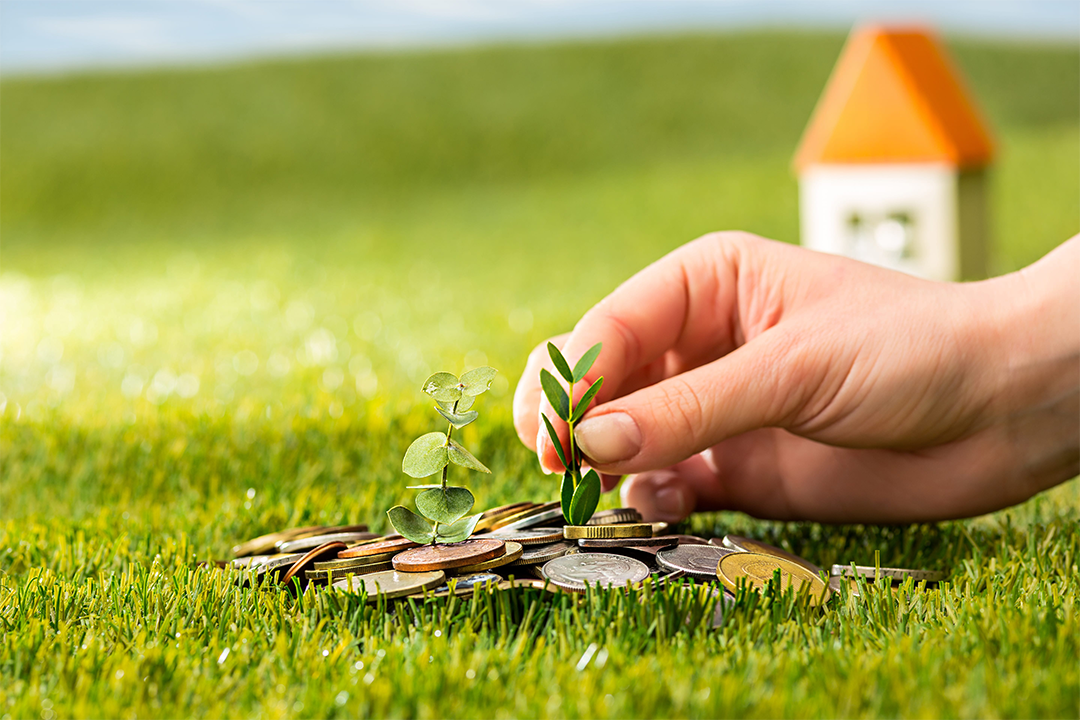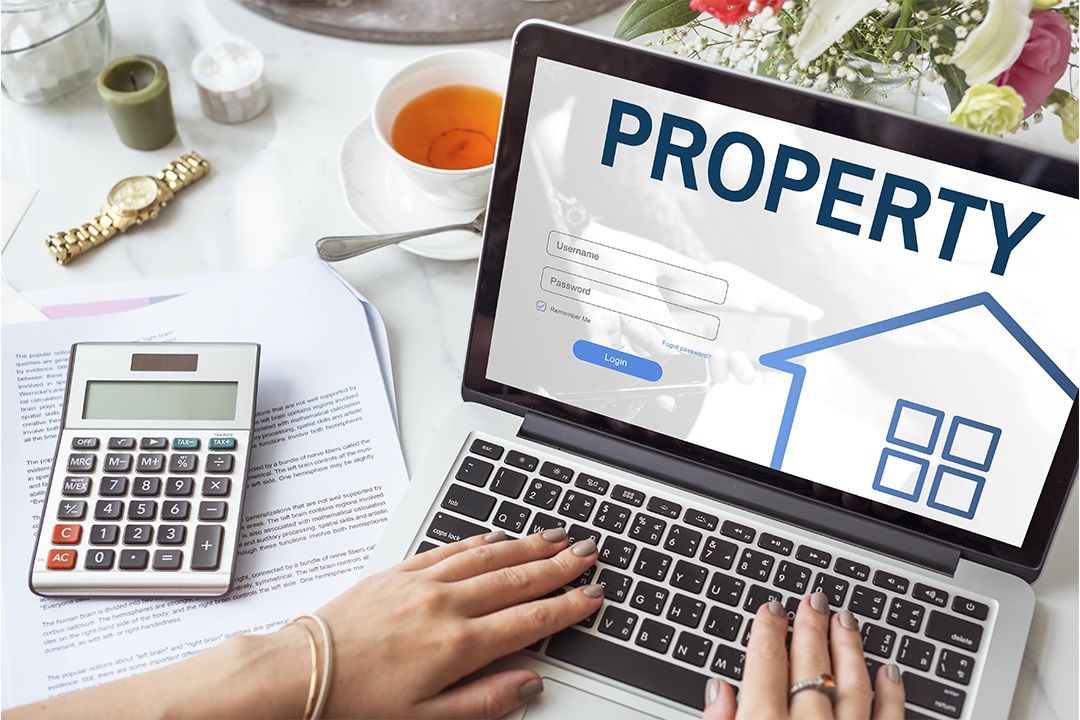For many of us, the idea of a garden conjures images of lush green lawns and perfectly manicured plants. But if you're short on space or just want to try something a little different, there are plenty of ways to squeeze more food from your garden. We'll show you how to grow more fruit, veggies, and herbs in any sized space!
Use Raised Beds
Raised beds are a great way to get more food out of your garden. They are simple to manufacture and come in a range of forms and sizes. You can build them using different materials, too--wooden planks or bricks are popular options--and they work well in all kinds of locations (even if you don't have much space).
But there is just one problem: raised beds can be expensive to build. If you're on a budget, it may be hard to afford the materials needed for this kind of project. But don't worry! You can still build a raised bed without spending much money at all.
Keep Seedlings Coming
If you want to grow more food but your space is limited, here are some tips:
Buy seedlings from local nurseries. If you're growing tomatoes and peppers, this may be the easiest option for you. Just pick up some plants that are already established and ready to go in the ground--no need for seeds or starter trays! You'll have fewer things to worry about, as well as better-tasting produce.
Plant seeds in flats or containers. This works especially well if you only want one or two plants of each type and don't mind waiting until they produce fruit before eating them. It's also great if there's no room left over after deciding which varieties will thrive best where you live; simply start with smaller amounts than usual so that everyone gets enough sun exposure without crowding each other out entirely!
Good news for juice enthusiasts: you can cultivate this superfood at home. Grow kale seeds in a tray and transfer them when they reach three inches in height. Water on a regular basis to keep the soil moist. Once a month, add compost to the soil. Protect the plant away from direct sunshine.
When you use fresh greens from the garden, your salads will taste much better. Just don't put too many pechay seeds in one tray at once, as this can stunt the plant's growth. Check that they are getting filtered sunlight. Water the plant on a regular basis to keep it from withering.
Growing Fruits and Vegetables in Containers
Container gardening is a great way to grow your own fruits and vegetables, even if you have limited space. You can use containers on patios, balconies, or even indoors.
Choose the right containers. Look for something that suits both the plants you want to grow as well as how much water they will need.
Onions can be grown indoors, but they require good soil and plenty of sunlight. Choose a container with a depth of at least 10 inches. There are various methods for growing onions, but the simplest is to just bury a little entire onion in soil.
Tomatoes grow quickly, making them ideal for first-time gardeners! Choose a container with a depth of at least 18 inches. Using a spray bottle, keep the soil moist. During the summer, the seedlings may struggle to withstand the heat and humidity, so make sure you water them twice a day.
Interplanting
Interplanting is a great way to get more food from your garden. It can help you produce more vegetables, reduce pest damage and pollination issues, and even improve soil health.
Here's how it works: You plant different crops together in the same space--and no, we're not talking about making everyone share the same pot! Instead of putting all of your plants at arm's length from each other (like most people do), interplant them so they're growing right next to each other or touching at their roots. This will allow them to interact with one another in different ways that benefit both parties' growth rates while also reducing competition for resources like water and nutrients between crops with similar needs.
Plant lettuce alongside longer-season veggies like broccoli, peppers, or tomatoes, for example.
Create a Balcony Garden Box
When you're ready to get started on your own balcony garden box, there are a few things you'll need:
A large enough container that can hold several varieties of plants. You want this thing to be big enough to grow some vegetables and herbs in!
A sunny location for your new garden box. The more sun exposure, the better!
A good quality potting mix so that all your plants will thrive from day one.
Seeds or seedlings
Get Creative With Garden Locations
One of the easiest ways to grow more food in a small space is to get creative with your garden locations.
Planting in containers is a great way to increase your harvest and make sure you always have fresh vegetables on hand. You can choose from many different styles of containers, including window boxes, balcony boxes, and hanging planters--and they're easy to move around as needed!
Raised beds are also another option if you want an attractive addition to your yard or patio area but don't have much space available for planting directly into the ground (or don't want to deal with digging it up). They're also perfect for people who live in apartments because they allow them easy access from all sides, so there's no need for stairs or ladders when tending their plants!
Tomatoes grow more fruit and ripen earlier when produced on a trellis or in a wire cage off the ground.
Because of its nutritional value and low cost, it is a staple in most Filipino households. Malunggay grows well in tropical climates, so you should have no trouble. Choose a pot with a depth of at least 20 inches. Water it on a regular basis and set it in a sunny location.
Choose Plants Carefully
You've probably heard the saying, "The best fertilizer is a gardener's footsteps." It's true! As you walk around your garden, you'll be able to see what needs attention and when it needs attention. This will help you decide which plants need more water and nutrients and which ones are thriving on their own.
You can also use this opportunity to check out other gardens in your neighborhood or community. Take note of what kinds of plants they're growing, how they're growing them, and where they got their seeds or cuttings from--you never know when something might inspire an idea for your own garden!
Be creative and grow more food with these small-space gardening tips.
You don't need a large garden to grow enough food to feed yourself and your family. With a little creativity and hard work, you can turn any space into an urban oasis that provides fresh, healthy produce year-round.
But if you reside in a Lumina Homes community, you can also check the community garden plot and coordinate how you can participate and start planting food crops. Start toradiate a healthy lifestyle by having healthy homegrown food.



